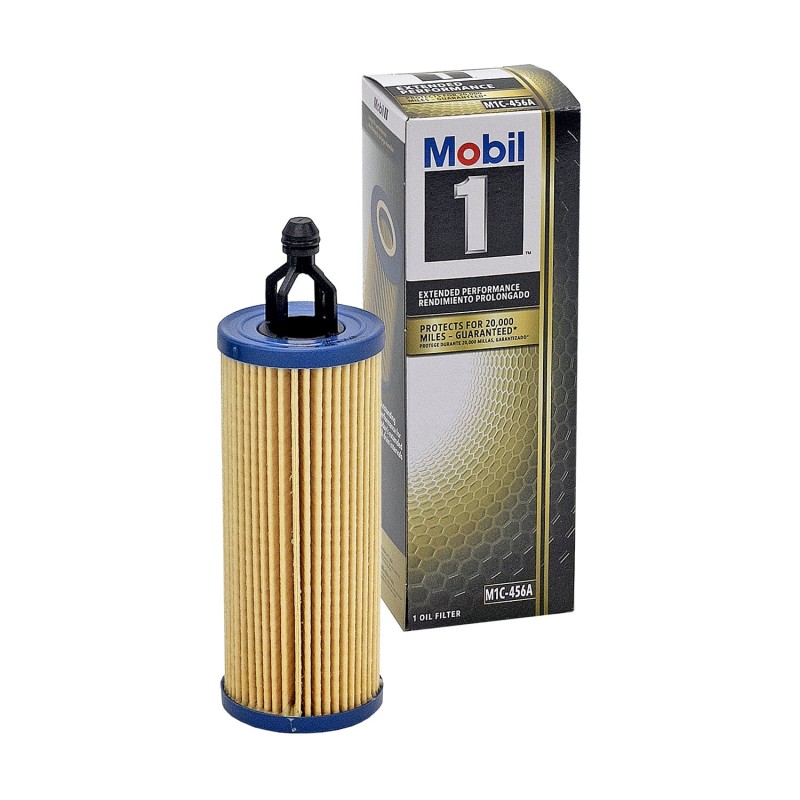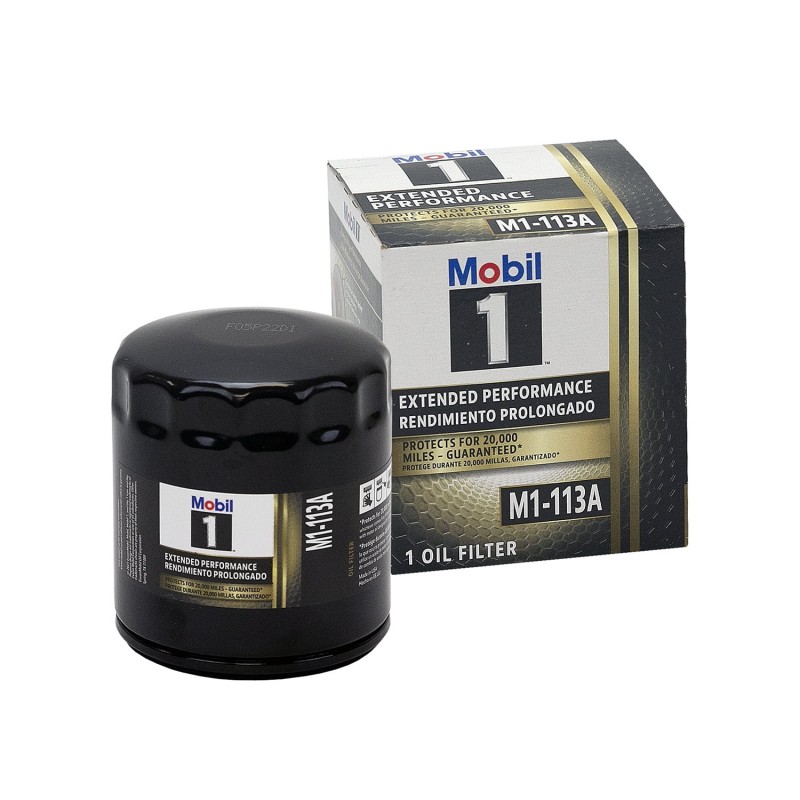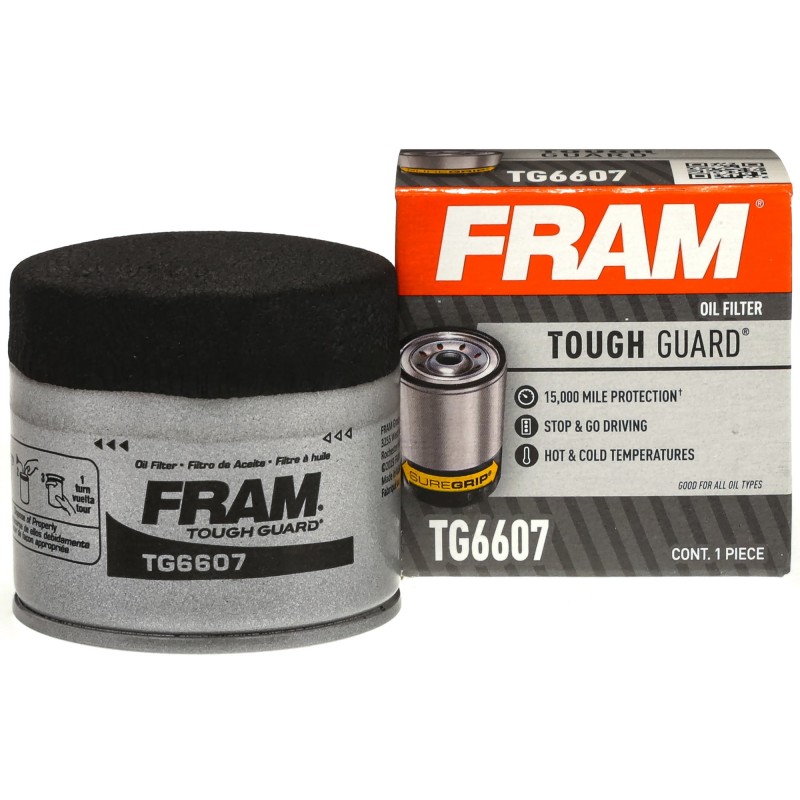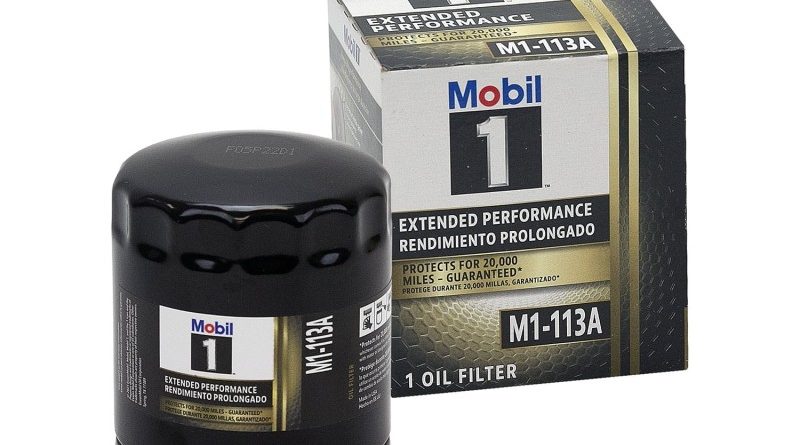How to Choose Oil Filter: A Comprehensive Guide for Owners
Choosing the right oil filter is crucial for maintaining your vehicle’s engine health. An oil filter serves an essential function by filtering out harmful contaminants from engine oil, thus ensuring smooth operation. With various options available in the market, vehicle owners often wonder how to choose oil filter effectively. The right filter can make a significant difference in the long-term sustainability of your engine. It goes beyond simply picking a filter based on price; understanding compatibility, size, filtering capabilities, and more is vital. As vehicles have become more advanced over the years, so too have the oil filtration systems. Therefore, navigating this terrain requires knowledge and attention to detail. In this extensive guide, we will cover the types of oil filters, factors to consider when choosing one, maintenance tips, and common troubleshooting techniques related to oil filters.

Understanding the Importance of an Oil Filter
Before diving into how to choose oil filter, it’s essential to grasp its importance in engine maintenance. The oil filter plays a pivotal role in ensuring that engine oil remains clean and effective. Oil lubricates various engine components, reducing friction and wear. Contaminants such as dirt, metal particles, and oil sludge can accumulate over time if not filtered out.
By using a quality oil filter, you extend the life of your engine. A clean oil filter allows for optimal oil circulation, enhancing engine performance and fuel efficiency. Conversely, an ineffective or old filter can lead to engine wear, reduced performance, and potentially costly repairs. Therefore, selecting the right oil filter is not just about compliance with maintenance schedules; it directly impacts the vehicle’s efficiency and longevity.
Additionally, oil filters contribute to other aspects of engine health. For example, modern oil filters often have anti-drainback valves that prevent oil from draining out of the filter when the engine is turned off. This feature ensures that there is oil present during the next startup, reducing engine wear and providing quicker lubrication.
Understanding these various functions emphasizes the necessity of learning how to choose oil filter properly.
Types of Oil Filters Available
To select the best oil filter, it helps to know the different types available on the market. Each type serves its purpose and is designed for various applications. Here are the major types of oil filters to consider:
Mechanical Oil Filters
Mechanical oil filters are commonly used in many vehicles. They operate using a paper or synthetic material that captures contaminants as oil flows through. These filters are typically cylindrical and are available as spin-on filters or cartridge-style filters.
- Spin-On Filters: These filters come with a built-in metal canister that makes them easier to install and replace. They can be simply twisted onto the engine.
- Cartridge Filters: Unlike spin-on filters, these require a separate housing. They usually require a bit more effort to change since they involve removing the entire filter assembly from the engine.
Full-Flow Oil Filters
Full-flow oil filters allow all the oil to pass through the filter before it returns to the engine. This design ensures that all the oil circulating through the system is free of contaminants, providing optimal filtration and maintaining engine health. Most modern vehicles use full-flow filters as they promote higher efficiency.
Bypass Oil Filters
Bypass oil filters are designed to remove contaminants in addition to the main filter. They allow a portion of the oil to bypass its primary filtration route. While bypass filters may not filter all the oil, they catch particulates that might be missed by traditional filters, thus offering an additional layer of protection.
High-Performance Oil Filters
These filters are designed for vehicles that demand higher performance levels, such as racing or modified cars. High-performance oil filters often feature higher flow rates and more robust filtering media to handle higher operating temperatures and pressures.
Magnetic Oil Filters
Magnetic oil filters use magnets to attract metal particles. This type of filter often supplements traditional filters, providing additional filtration for metal debris. While they are not a replacement for standard filters, they can add benefits, particularly for older or high-mileage engines.
Understanding these various types of oil filters equips you with the knowledge necessary for how to choose oil filter suitable for your needs.
Key Factors to Consider When Choosing an Oil Filter
When exploring how to choose oil filter, there are several crucial factors to consider. Making an informed choice involves assessing these various elements to ensure compatibility and performance.
Compatibility with Your Vehicle
One of the first steps is to ensure that the oil filter is compatible with your specific vehicle make and model. Each vehicle has a recommended oil filter that matches its engine specifications. Consulting the owner’s manual or seeking advice from an automotive professional can help you identify the right filter.

Filter Efficiency and Capacity
Filter efficiency refers to how well an oil filter can remove contaminants from the oil. Look for filters that have a higher filtration rating, which indicates better particle removal capabilities. Many manufacturers provide specific ratings regarding how many microns the filter can capture. Additionally, filter capacity indicates how much dirt and debris it can hold before it becomes saturated. Choosing a filter with higher efficiency and capacity will result in better engine protection.
Media Type
Oil filters rely on filter media to capture contaminants. Common media types include cellulose, synthetic, and glass. Cellulose filters are budget-friendly but may not offer the best performance during high-temperature situations. Synthetic media can provide better filtration and can hold more dirt, making them a popular choice for many modern engines. Glass media is often used in high-performance applications due to its superior filtering properties.
Durability and Construction Quality
The build quality of an oil filter also plays a significant role in its overall performance. Look for filters made from high-quality materials that can withstand extreme conditions. The filter canister should be strong enough to handle pressure without collapsing. Additionally, a robust anti-drainback valve can help prevent oil from draining out of the filter when the engine is off.
Brand Reputation and Reviews
Well-established brands often have a track record of producing reliable oil filters. Researching brand reputation and reading customer reviews can offer insights into the reliability and performance of specific oil filter models. Opting for trusted brands helps ensure quality and effectiveness.
Cost-Effectiveness
While it may be tempting to opt for the cheapest oil filter available, investing in a higher-quality filter can save money in the long run. Poor-quality filters may lead to engine damage and costly repairs due to inadequate filtration. Rather than merely looking at the price, consider the value provided by the filter in relation to its performance and durability.
How to Properly Install an Oil Filter
Once you have chosen the right oil filter, proper installation is essential for effective performance. Follow these steps for how to choose oil filter installation:
Gather Necessary Tools
Before starting the installation, make sure you have the necessary tools on hand. Commonly required tools include an oil filter wrench, a clean rag, and a new oil filter. Additionally, ensure you have your preferred motor oil for the oil change.
Drain the Engine Oil
Start by draining the old engine oil. Use an oil drain pan to collect the used oil as you remove the oil drain plug. Allow time for the oil to fully drain before proceeding.
Remove the Old Oil Filter
Using an oil filter wrench, carefully unscrew the old oil filter. Be cautious as some residual oil may still be inside the old filter. Use a rag to clean the area around the oil filter mounting surface to remove any debris or old oil.
Prepare the New Oil Filter
Before installation, apply a small amount of new oil to the rubber gasket on the new oil filter. This helps create a better seal and makes it easier to remove during the next oil change.
Install the New Oil Filter
Screw the new oil filter onto the mounting surface by hand. Once it makes contact with the engine, tighten it slightly (about three-quarters of a turn). Avoid over-tightening, as this can break the gasket and cause leaks.
Refill Engine Oil
Once the new oil filter is installed, replace the oil drain plug and refill the engine with fresh oil using the manufacturer-recommended type. Check the owner’s manual for the correct oil capacity.
Check for Leaks
After filling with oil, start the engine and let it idle for a few minutes. Check underneath the vehicle for any signs of leaks around the oil filter. If everything looks good, ensure the oil level is within the recommended range and double-check the oil fill cap.
Dispose of Old Oil and Filter
Properly dispose of the old oil and oil filter as per local regulations. Many auto parts stores offer recycling services, making it easy to dispose of these materials safely.
Common Troubleshooting Issues with Oil Filters
Even with the right choices and proper installation, issues can sometimes arise. Understanding common problems associated with oil filters will better equip you to address any concerns that may appear.
Low Oil Pressure
One common issue is low oil pressure, which can arise from an improperly installed oil filter. If the filter isn’t tightened correctly, it may allow oil to leak out, resulting in insufficient pressure. To resolve this, double-check the installation of the oil filter and ensure it is tightly secured.
Oil Leaks
Leaks around the oil filter can indicate a problem with the installation or an defective filter. A torn gasket or an incorrectly installed filer can lead to leaks. If you notice oil pooling beneath your vehicle, investigate the filter closely and consider reinstalling or replacing the filter.
Weird Noises During Engine Operation
Abnormal noises when the engine is running—such as knocking or ticking—can indicate that the engine is not receiving adequate oil flow. This could result from a clogged oil filter that is preventing oil from circulating properly. If such noises occur, stop the engine immediately and check the oil filter and oil levels.
Increased Engine Wear
If the oil filter is of poor quality or the wrong fit, it may not do an effective job of filtering contaminants. Over time, inadequate filtration can cause increased engine wear and tear. If you notice decreased engine performance or frequent oil changes, reassess your choice of oil filter.

Conclusion
Choosing the right oil filter is essential for maintaining a healthy engine. As you have learned, understanding the various types of oil filters, key factors to consider, and proper installation techniques are all critical components of making an informed choice.
Selecting a compatible and high-quality oil filter directly impacts engine performance, efficiency, and longevity. By considering aspects such as filter efficiency, durability, and brand reputation, you increase the likelihood of making a satisfactory selection.
Equally important is ongoing maintenance through proper installation, checks for leaks, and periodic filter changes. A routine oil change, along with a quality replacement filter, will keep your engine running smoothly and extend its life.
With the information provided in this guide, you are now well-equipped to navigate the oil filter selection process confidently. By taking the time to understand how to choose oil filter properly, you invest not only in the performance of your vehicle but also in its overall health and longevity.
